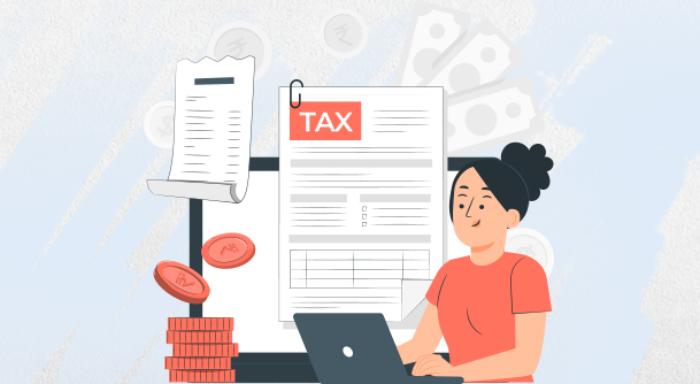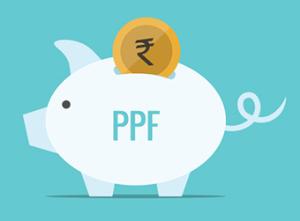Three Common Types of ULIP Investors: Which One are You
Blog Title
775 |
ULIP is a multi-faceted product offering both life insurance and investment benefits. With ULIP plans, you can get advantages like customized allocation, a chance to fulfil your long-term goals, and tax benefits. Another advantage of ULIPs is transparency, since all expenses are clearly mentioned in the policy document.
In India, there are multiple types of ULIPs that cater to different investors and their unique aspirations. Anyone with long-term plans of wealth accumulation who also needs insurance can opt for ULIPs. But which ULIP suits you best? To find out, here’s a look at different types of investors and the ULIPs that are most appropriate for them.
ULIPs for Investors with Different Risk Appetites
ULIP plans involve investment in equity funds, debt funds or both. Equities are considered as high-risk, high-reward investment assets. This is because the stock market can be highly volatile at times, which can cause fluctuations in the value of your ULIP funds. While this volatility poses higher risk, it also holds the promise of higher returns if the markets move in the expected direction. In fact, equities are expected to perform well in the first half of 2024. Typically, investors who already have some investments in low-risk options like fixed deposits consider selecting equity funds in ULIPs. These investors are said to have a higher risk appetite.
Investors with a moderate risk profile may consider balanced funds. These are not entirely risk-free but are a mix of low-to-medium-risk assets, including stocks and bonds. The fund will have higher risks than purely debt funds, but lower risks than equity funds. This means the returns could be lower than equity funds, but the chances of losing your money are low as well.
Risk-averse or conservative investors choose ULIP debt funds. Such investors prioritize capital preservation over return maximization. These products are designed to offer returns that are just slightly higher than those offered by risk-free instruments like fixed deposits. There is some element of risk in debt funds as well, although the risk is significantly lower than both equity and balanced funds.
ULIPs for Investors Based on Their Financial Goals
Let’s say you have some short-term goals, like travelling abroad in the next 5 years, you can choose ULIPs that invest in highly liquid money-market instruments. These offer better returns than FDs and are less risky than debt funds. Liquid funds include certificates of deposits (CD), call money, and treasury bills with a shorter maturity period of 91 days. This means you do not have to wait for 10 or 20 years for your ULIP investment to mature. You simply have to wait for the 5-year lock-in period to get over to receive the maturity benefits. This is ideal for anyone looking to pay off student loans, start a business, remodel their house, or develop a passive income.
You may have some long-term financial goals, like buying a home, retirement planning, or your child’s wedding. For such cases, you can consider investing in ULIP equity funds. This is because equity funds tend to give the desired results only when you stay invested for the long run. You can enjoy the power of compounding and might also get inflation-beating returns. Compounding has the ability to turn a tiny investment into a big corpus. But for this, you need to be patient and watch your investment grow over time.
Purpose-Based ULIP Investors
If you wish to get stable returns from an ULIP plan over a longer period, ULIPs are the ideal option for you. By carefully tweaking your fund allocation, the focus of these plans can be shifted towards capital preservation, rather than wealth creation. To achieve this, a minimum portion of the premium should be invested in equity to reduce the market exposure.
Investors in their late 40s and early 50s typically consider this move, by switching to debt funds to protect the returns earned over the years. Conversely, investors in their early 30s may be settled in their careers, with a steady flow of income, but might have other responsibilities like buying a house and raising a family. So, they could choose continuing to stay invested in the equity funds for wealth creation. It can be used to repay loans or for planning your child’s future.
Similarly, investors in their early 20s should choose ULIP plans that invest more in equity funds and focus more on wealth creation. This is when you are single, and your career is taking off. Investors at this stage can consider investing a larger portion of the ULIP in equities. Although there is considerable risk, the growth potential of your investment corpus is high.
Regardless of the kind of investor you are, it is recommended to start early. The life insurance premium is lower since you are less likely to suffer from a fatal disease. Take advantage of market-linked instruments when you are young and have higher risk tolerance than when your responsibilities grow. Also, starting an investment early in life means harnessing the power of compounding.
Swati Tumar - Travel & Finance Writer
Swati is a Writer in the day and an illustrator at night. Among her interests, she is quite fond of art and all things creative. She often indulges herself in creating doodles, illustrations, and other forms of content. She identifies herself as an avid traveler and shameless foodie.












